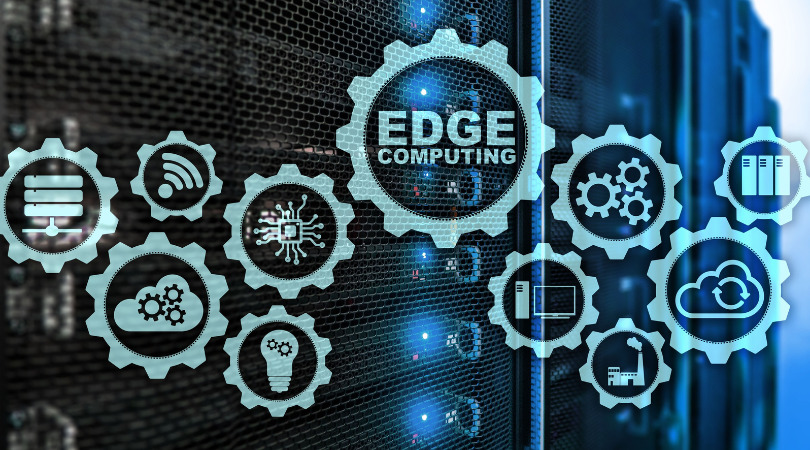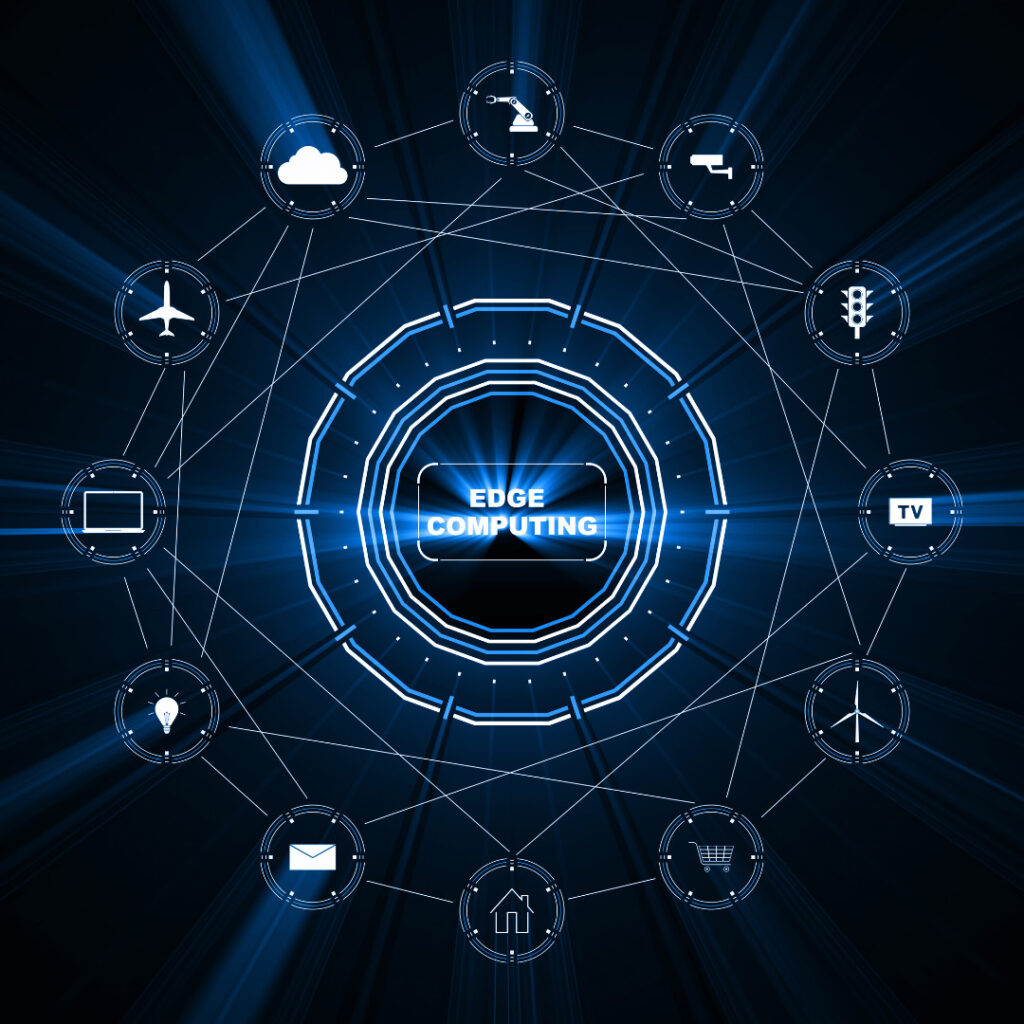What is Edge Computing and What are the Benefits?
Edge computing offers a revolutionary approach to how we handle data. Data grows at a rapid rate. While traditional cloud computing has worked well, the ever-growing amount of data increases the demand for efficient, fast, and reliable data processing. The rapid growth also increases the challenges associated with the management and processing of so much […]
Technologies

Edge computing offers a revolutionary approach to how we handle data.
Data grows at a rapid rate. While traditional cloud computing has worked well, the ever-growing amount of data increases the demand for efficient, fast, and reliable data processing. The rapid growth also increases the challenges associated with the management and processing of so much information.
So what is Edge Computing?
Edge computing is a distributed computing model that brings computation and data storage closer to the location where it’s needed. This reduces latency and bandwidth usage.
In traditional cloud computing, data’s sent to centralized data centers for processing. Edge computing processes some data locally or at the “edge” of the network. This so-called edge can be any device – a smartphone, an IoT sensor, a local server, or a router.

The main idea behind edge computing is to reduce latency and improve the speed and efficiency of data processing by shortening the distance data must travel. Edge computing enhances real-time data processing capabilities, which makes it work well for applications that require immediate data analysis and decision-making.
Think of it like a person trying to move water from one place to another. The closer the places are to each other, the better the process will go. The water carrier will use less time to carry the water, less water will be risked in the process, and the water carrier will be able to work more efficiently. Think how much faster you can wash the dishes by turning on a tap in your house than a person who needs to go to a well, draw water, and carry it back to his or her home.
Key Benefits of Edge Computing
- Reduced Latency: Edge computing minimizes the time it takes data to travel to and from a centralized data center since it processes the data closer to the source. This is especially crucial for applications that require real-time responses, such as self-driving cars and industrial automation.
- Bandwidth Optimization: By processing data locally, edge computing reduces the amount of data that needs to be transmitted over the network. This optimizes bandwidth usage and lowers the costs associated with data transmission.
- Enhanced Security: Processing locally reduces the need to transfer sensitive information over the network and so decreases the risk of data breaches.
- Scalability: With everything from coffeemakers to toothbrushes now connected to the internet and creating data, edge computing provides a scalable solution as it distributes computing resources across various edge devices rather than relying solely on a potentially overwhelmed centralized cloud infrastructure. However, it does make it more complex to manage and coordinate a large number of edge devices.
- Improved Reliability: Edge computing can enhance an application’s reliability by providing local processing capabilities. When network connectivity is limited or intermittent, edge devices may be able to continue to operate independently and ensure continuous functionality.
Challenges, Considerations, and Applications
Edge computing offers a lot of advantages, but it also presents challenges. Strong security measures are needed to protect against cyberattacks. Seamless integration between different devices and platforms is also crucial.
There are many real-world applications for edge computing.
Wearable medical devices use edge computing to monitor patients and provide immediate alerts if there are any abnormalities. As time can mean all the difference in health crises, using edge computing allows for faster response times.

Many Internet of Things also use edge computing to respond to user needs quickly. A smart thermostat can analyze temperature data in real time and adjust settings without needing to connect to a cloud.
Self-driving cars, manufacturing, and retail are a few other industries where edge computing can provide real and valuable benefits.
Edge computing significantly shifts how we approach data processing and management. Bringing computation closer to the data source addresses the limitations of traditional cloud computing. It offers faster, more efficient, and secure solutions for various applications and across many industries.
At Swan Software Solutions, we work to provide high-quality technology services that help our clients succeed. Contact us to schedule a free assessment.




